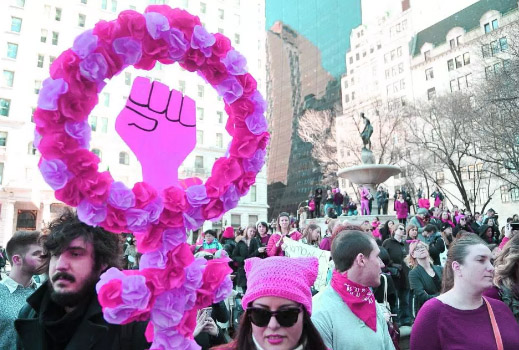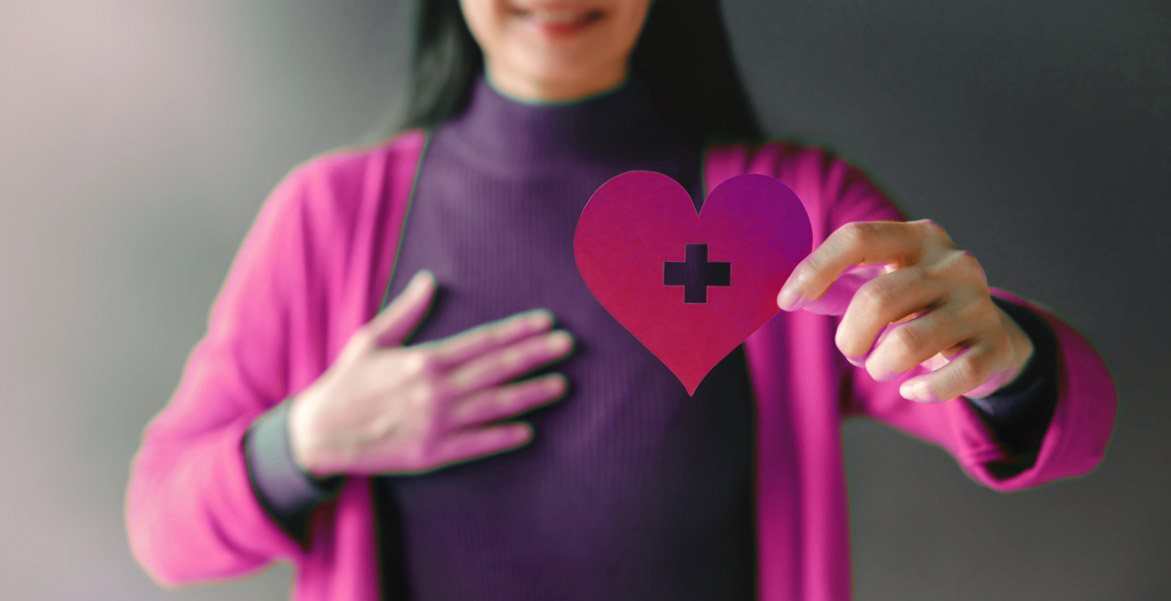The International Women’s Day on March 8 has an interesting legacy – it was literally born out of the ashes of a disastrous event.
To use that that much mouthed slogan, ‘baby you have come a long way’ — the fairer sex have indeed done so! A long, long way from being the oppressed sex in a society, from not having a voice, from being shackled by domesticity and child rearing to the confident achievers that they are today. So long away that often the male sex is left floundering!
The position that women enjoy today didn’t happen overnight or come easy either. And every year the International Women’s Day (IWD) on March 8 celebrates the collective power of women past, present and future. A century later
What today is celebrated as a day of liberation and expression of femininity begun exactly one hundred years ago! In1908 15,000 women marched through New York City demanding shorted working hours, better pay as well as voting rights. Almost a century later the significance of the event is being honoured through International Women’s Day’s global theme ‘Shaping Progress’.
THE BEGINNING
However, the first International Women’s Day was officially launched on March 8, 1911 in Copenhagen by Clara Zetkin, leader of the ‘Women’s Office’ for the Social Democratic Party in Germany. This was when it was proposed to observe an International Women’s Day to honour the women’s rights movement and to assist in achieving universal suffrage for women. Over 100 women from 17 countries unanimously seconded the proposal. Three out of the 100 women were later elected the first women to the Finnish Parliament. Following the Copenhagen, International Women’s Day was observed the first time in Austria, Denmark, Germany and Switzerland on March 19 where more than one million women and men attended the rallies campaigning for women’s rights to work, vote, be trained, to hold public office and end discrimination. Unfortunately, less than a week later on March 25 the tragic ‘Triangle Fire’ in New York took the lives of more than 140 working women, most of them Italian and Jewish immigrants. The tragedy drew worldwide attention to the working conditions and labour legislation in the United States and became a focus of subsequent International Women’s Day events.
With the Copenhagen event and the subsequent incident, women begun to make their voices heard more and more. In Russia, on the eve of the World War 1 campaign for peace, women observed their first International Women’s day on the last Sunday in February 1913 and the next year saw women across Europe holding campaigns against the war and to express women’s solidarity. On the last day of February 1917, Russian women begun a strike for ‘bread and peace’ in response to the death of over 2 million Russians soldiers in war. Despite political opposition the women continued to strike until four days later the Czar was forced to abdicate and the provisional government granted women the right to vote. The women’s strike was launched on Sunday February 23 on the Julian calendar then in use in Russia-the day on the Gregorian calendar in use elsewhere was March 8. And that’s how the International Women’s Day was born.
Womanhood to the fore
 he first IWD was observed on February 28, 1909 in the USA following a declaration by the Socialist Party of America. Among other relevant historic events, it commemorates the Triangle Shirtwaist Factory fire (New York, 1911), where over 140 women lost their lives. The idea of having an international women’s day was first put forward at the turn of the 20th century amid rapid world industrialization and economic expansion that led to protests over working conditions. Women from clothing and textile factories staged one such protest on 8 March, 1857, in New York City. The garment workers were protesting what they saw as very poor working conditions and low wages. The protesters were attacked and dispersed by police. These women established their first labor union in the same month two years later.
he first IWD was observed on February 28, 1909 in the USA following a declaration by the Socialist Party of America. Among other relevant historic events, it commemorates the Triangle Shirtwaist Factory fire (New York, 1911), where over 140 women lost their lives. The idea of having an international women’s day was first put forward at the turn of the 20th century amid rapid world industrialization and economic expansion that led to protests over working conditions. Women from clothing and textile factories staged one such protest on 8 March, 1857, in New York City. The garment workers were protesting what they saw as very poor working conditions and low wages. The protesters were attacked and dispersed by police. These women established their first labor union in the same month two years later.
More protests followed on March 8 in subsequent years, most notably in 1908 when 15,000 women marched through New York City demanding shorter hours, better pay and voting rights. In 1910 the first international women’s conference was held in Copenhagen (in the labour-movement building located at Jagtvej 69, which until recently housed Ungdomshuset) by the Socialist International and an ‘International Women’s Day’ was established, which was submitted by the important German Socialist Clara Zetkin. The following year, IWD was marked by over a million people in Austria, Denmark, Germany and Switzerland. However, soon thereafter, the Triangle Shirtwaist Factory fire in New York City killed over 140 garment workers. A lack of safety measures was blamed for the high death toll. Furthermore, on the eve of World War I, women across Europe held peace rallies on 8 March 1913. In the West, International Women’s Day was commemorated during the 1910s and 1920s, but dwindled. It was revived by the rise of feminism in the 1960s.
Demonstrations marking International Women’s Day in Russia proved to be the first stage of the Russian Revolution of 1917. Following the October Revolution, the Bolshevik feminist Alexandra Kollontai persuaded Lenin to make it an official holiday, and it was established, but was a working day until 1965. On May 8, 1965 by the decree of the USSR Presidium of the Supreme Soviet International Women’s Day was declared as a non working day in the USSR “in commemoration of outstanding merits of the Soviet women in communistic construction, in the defense of their Motherland during the Great Patriotic War, their heroism and selflessness at the front and in rear, and also marking the big contribution of women to strengthening friendship between peoples and struggle for the peace”.





This is adorable! I am really fond of your anniversary wish. Have a beautiful day.